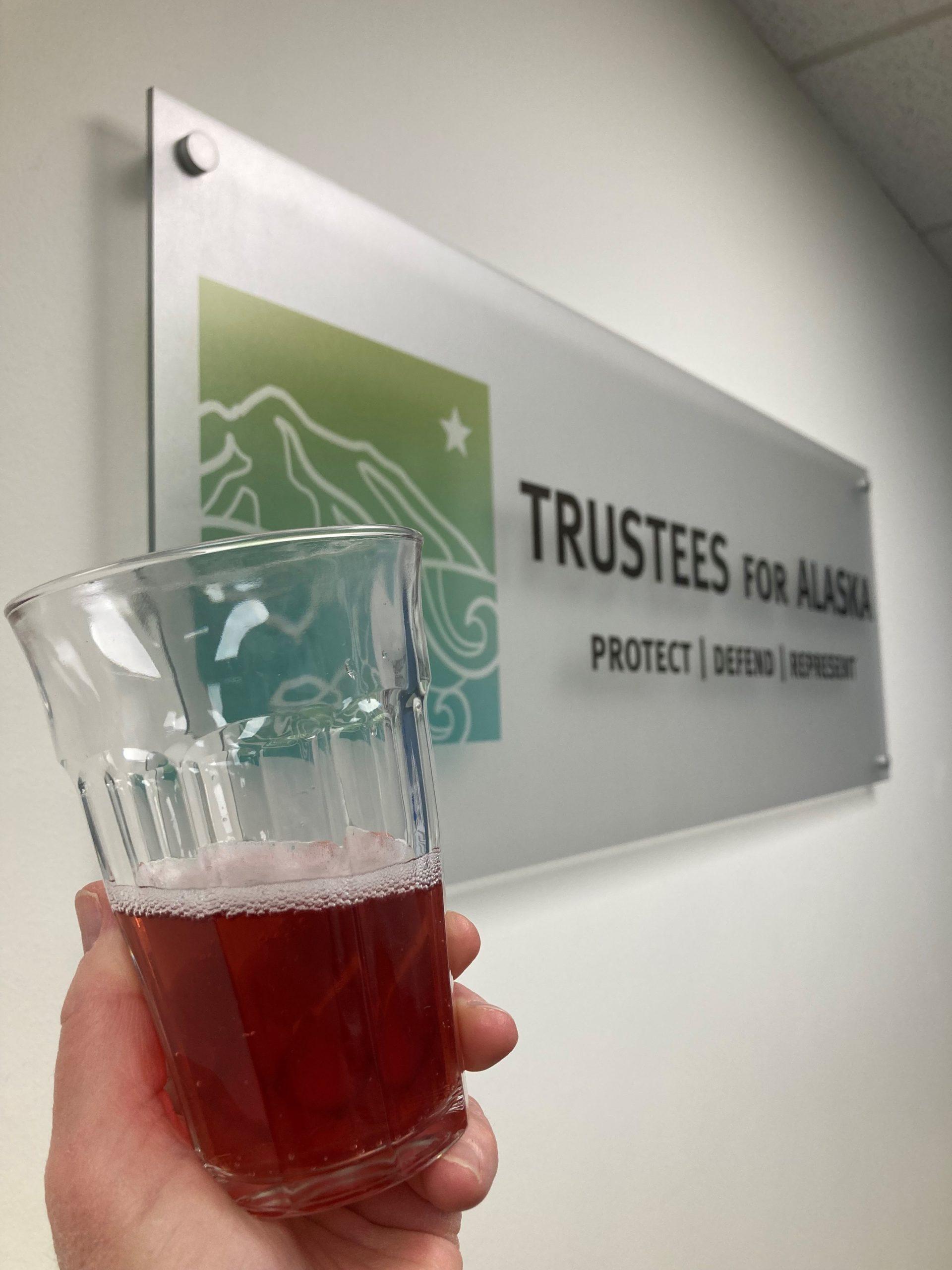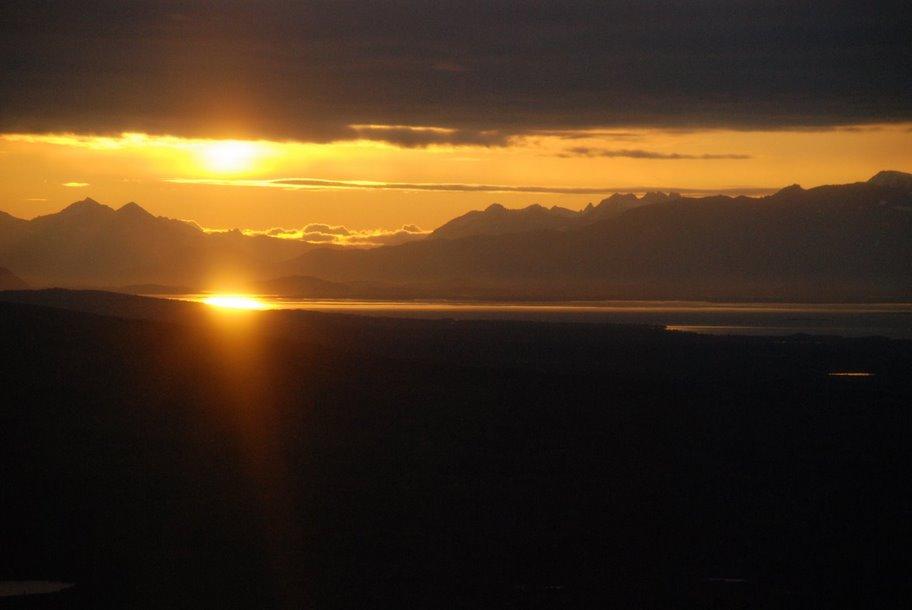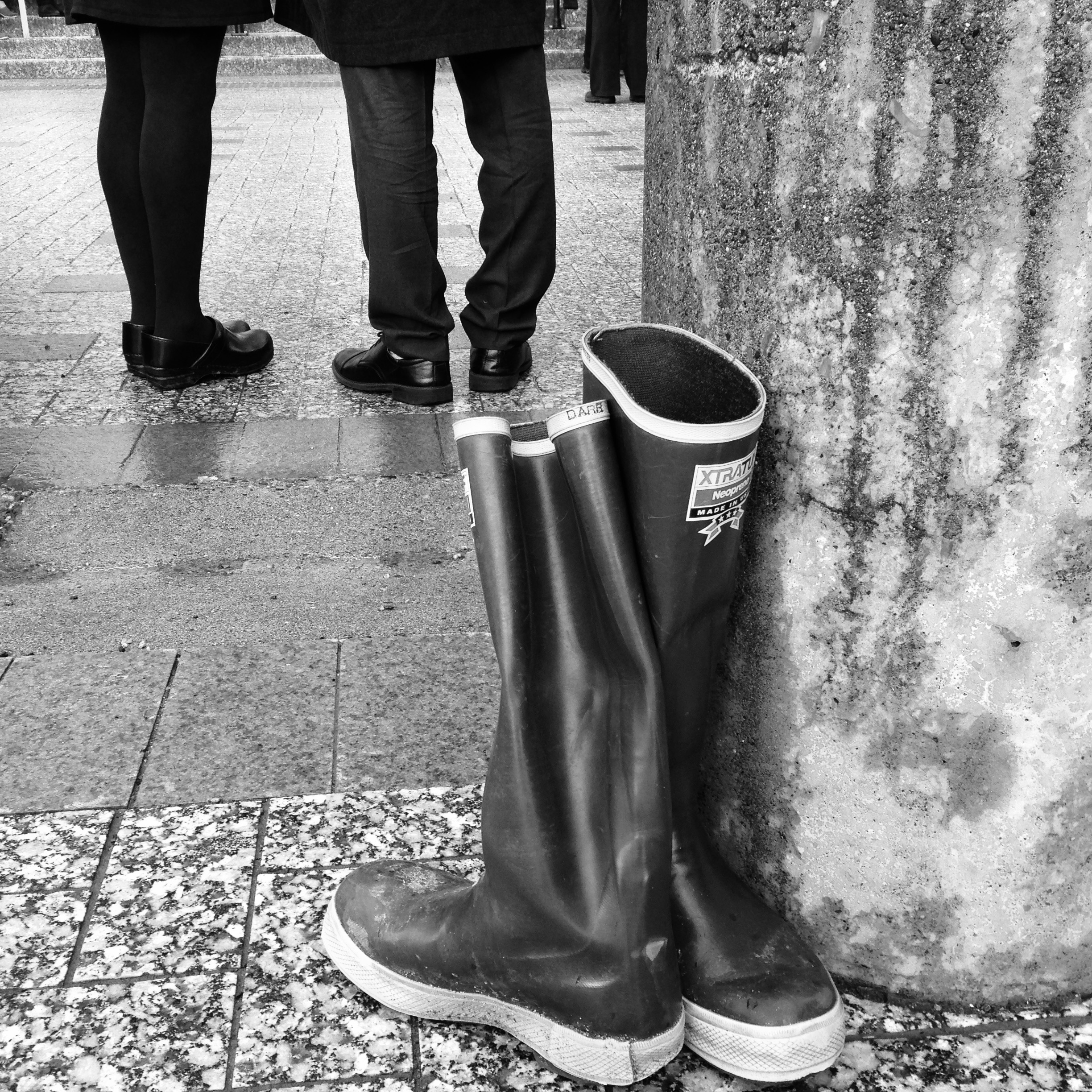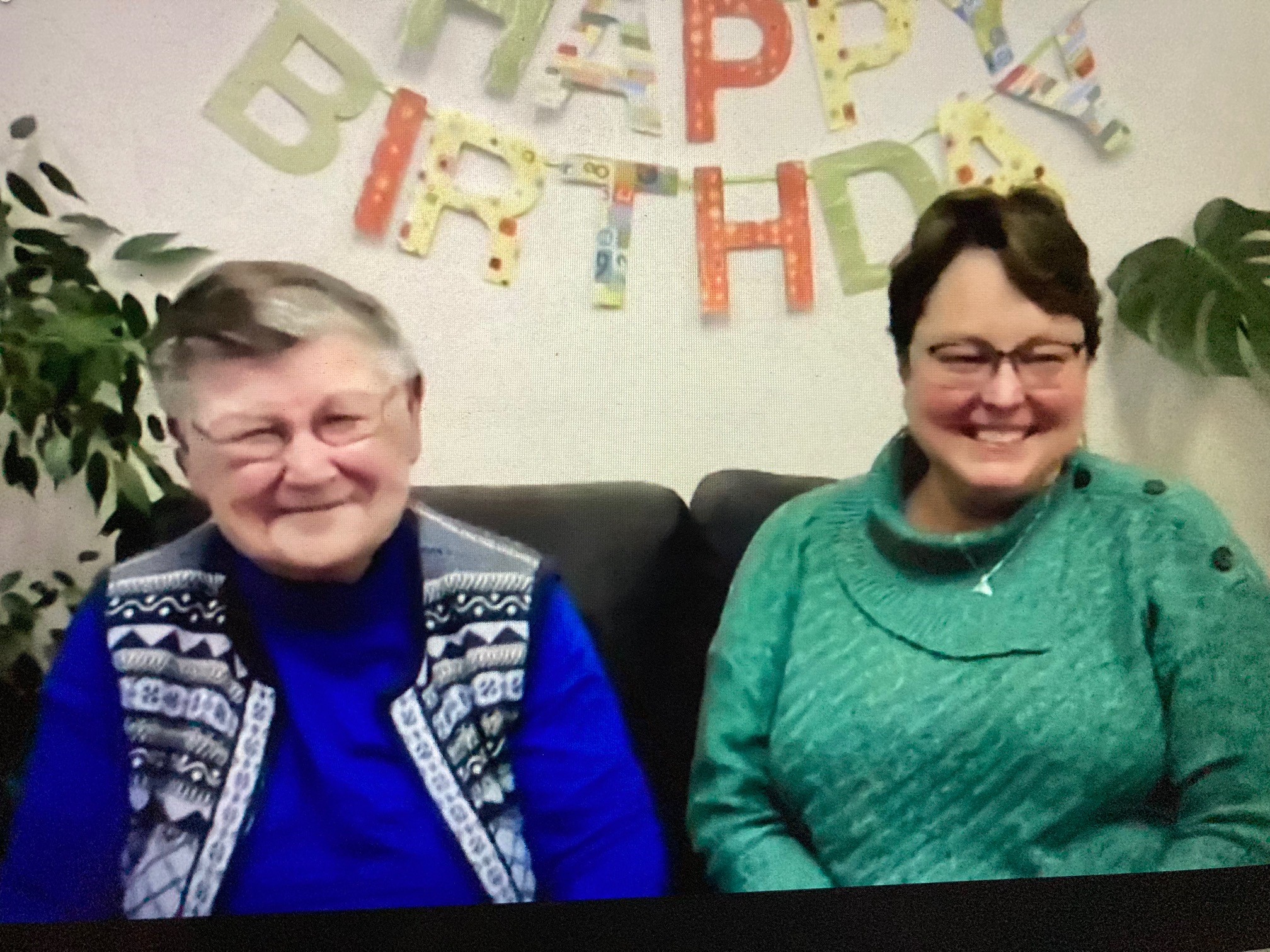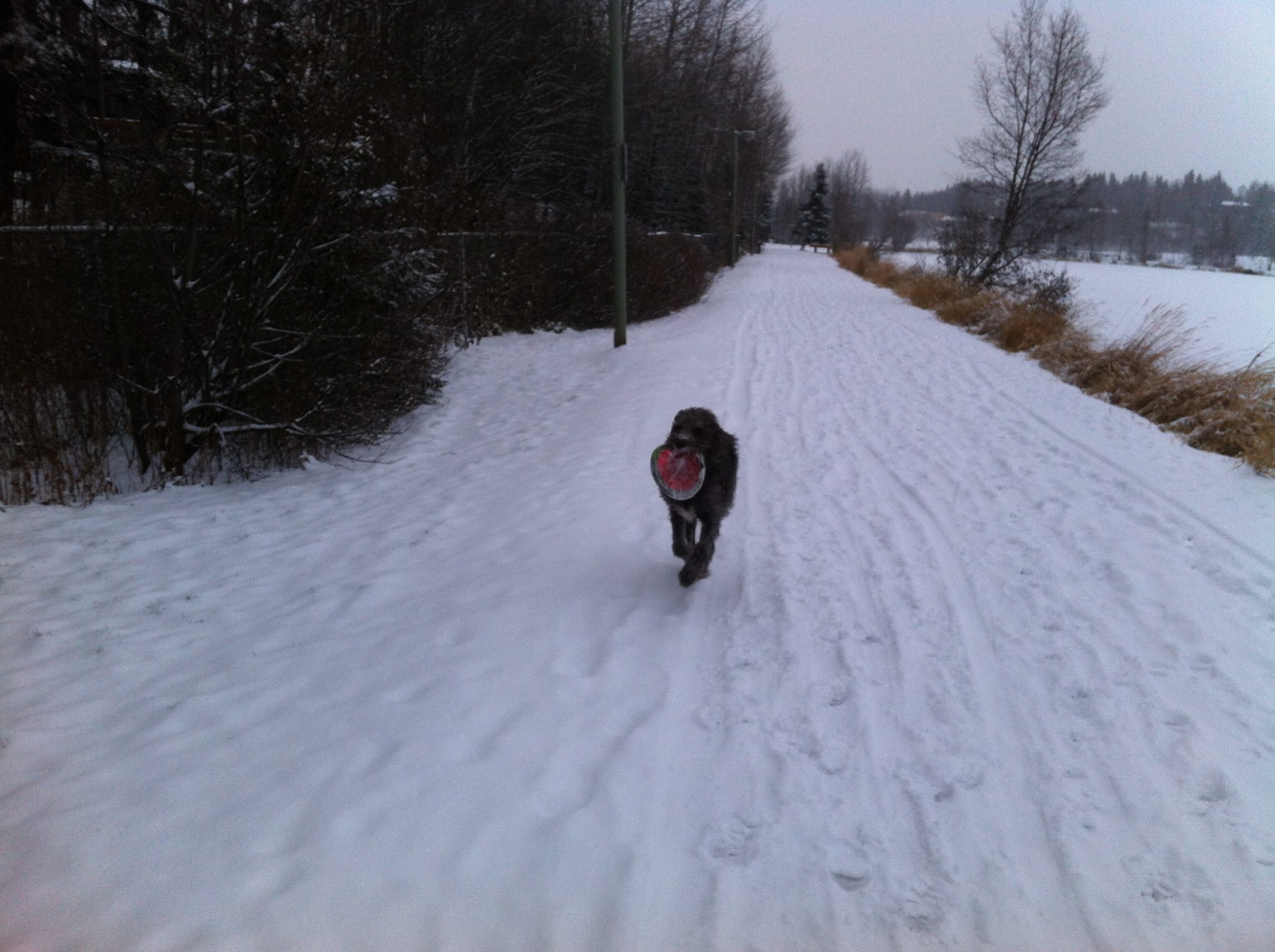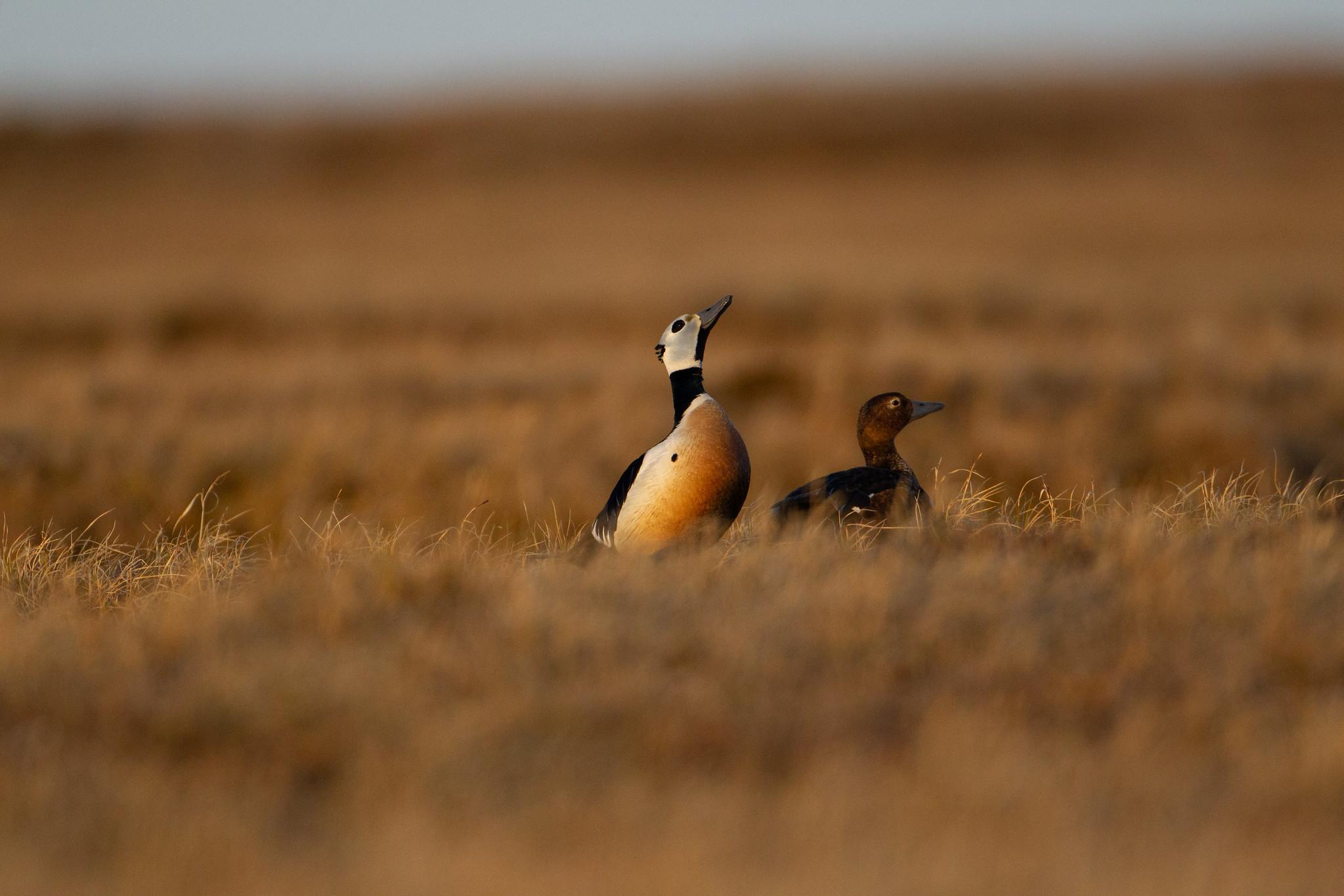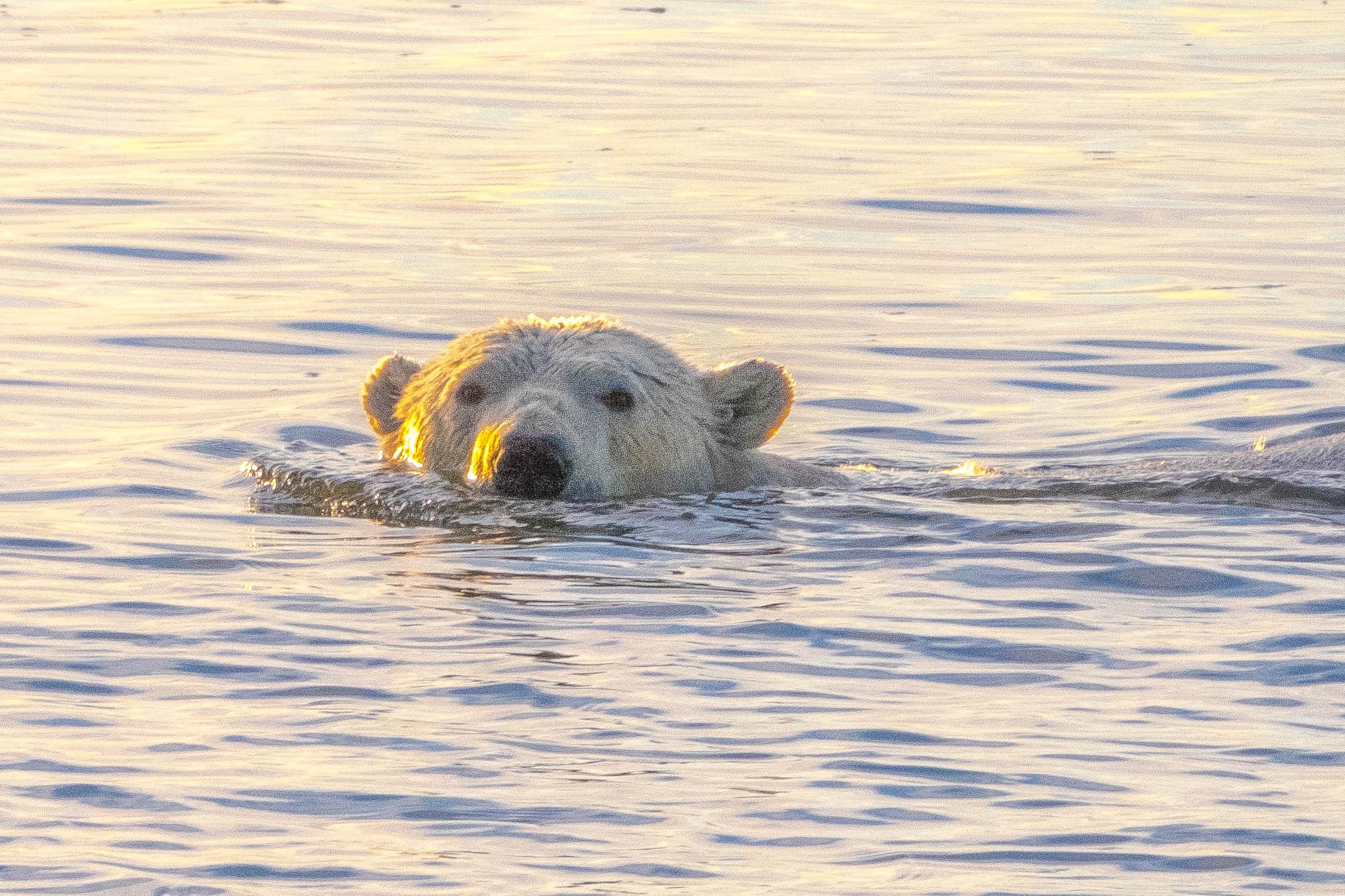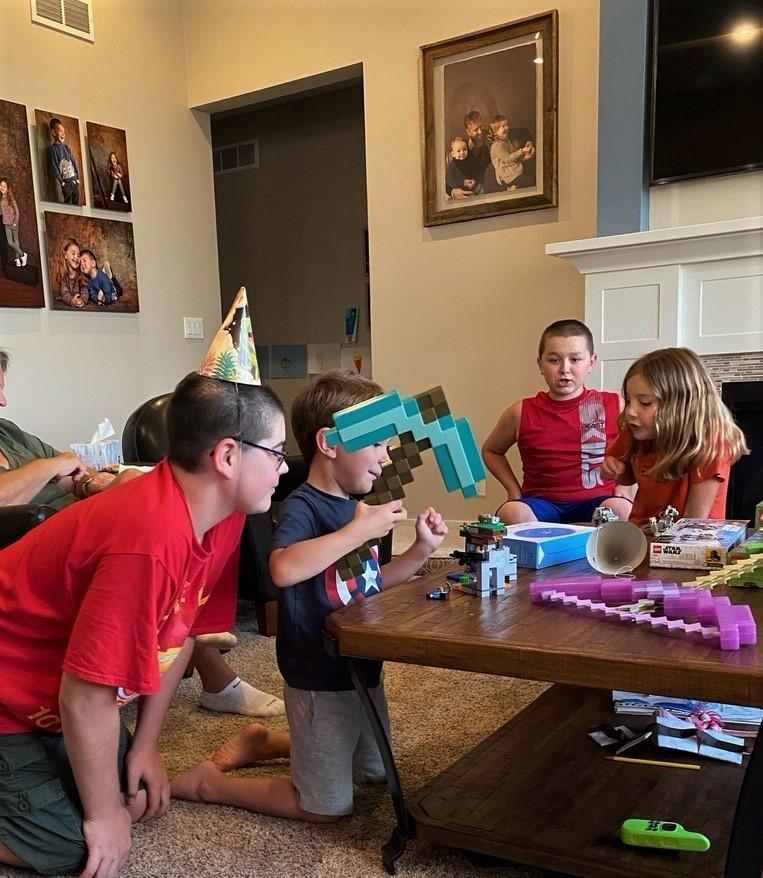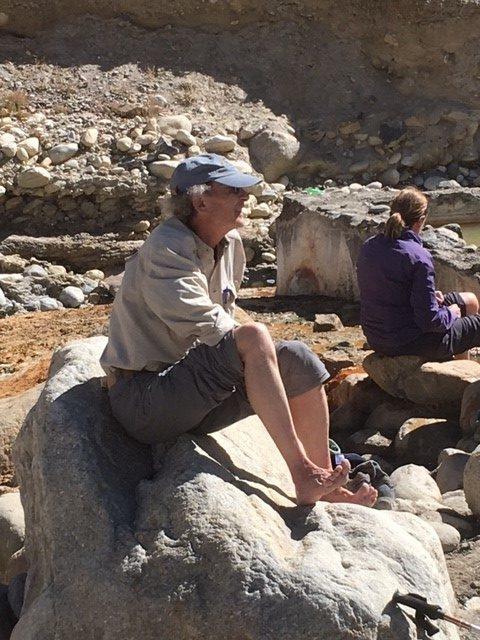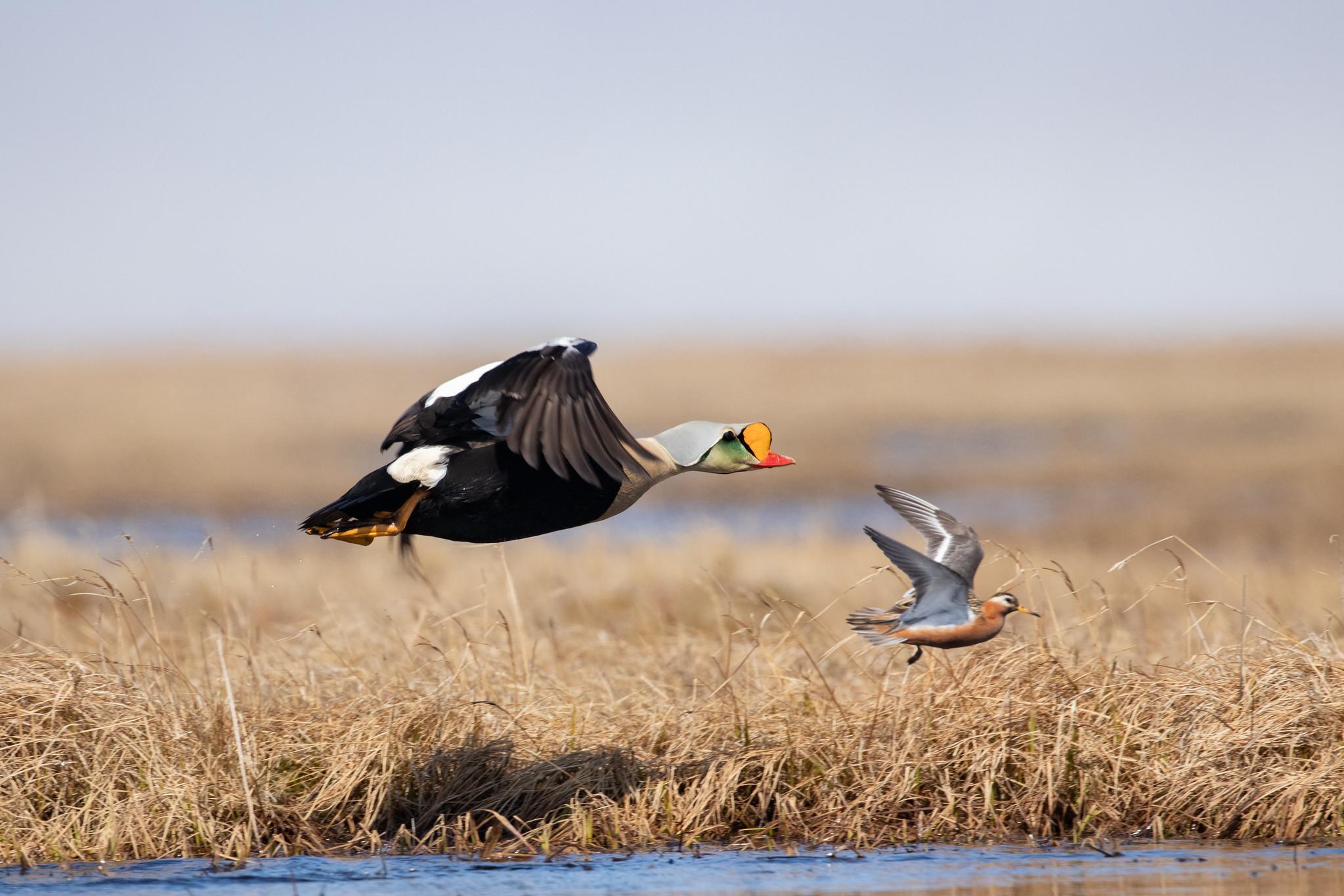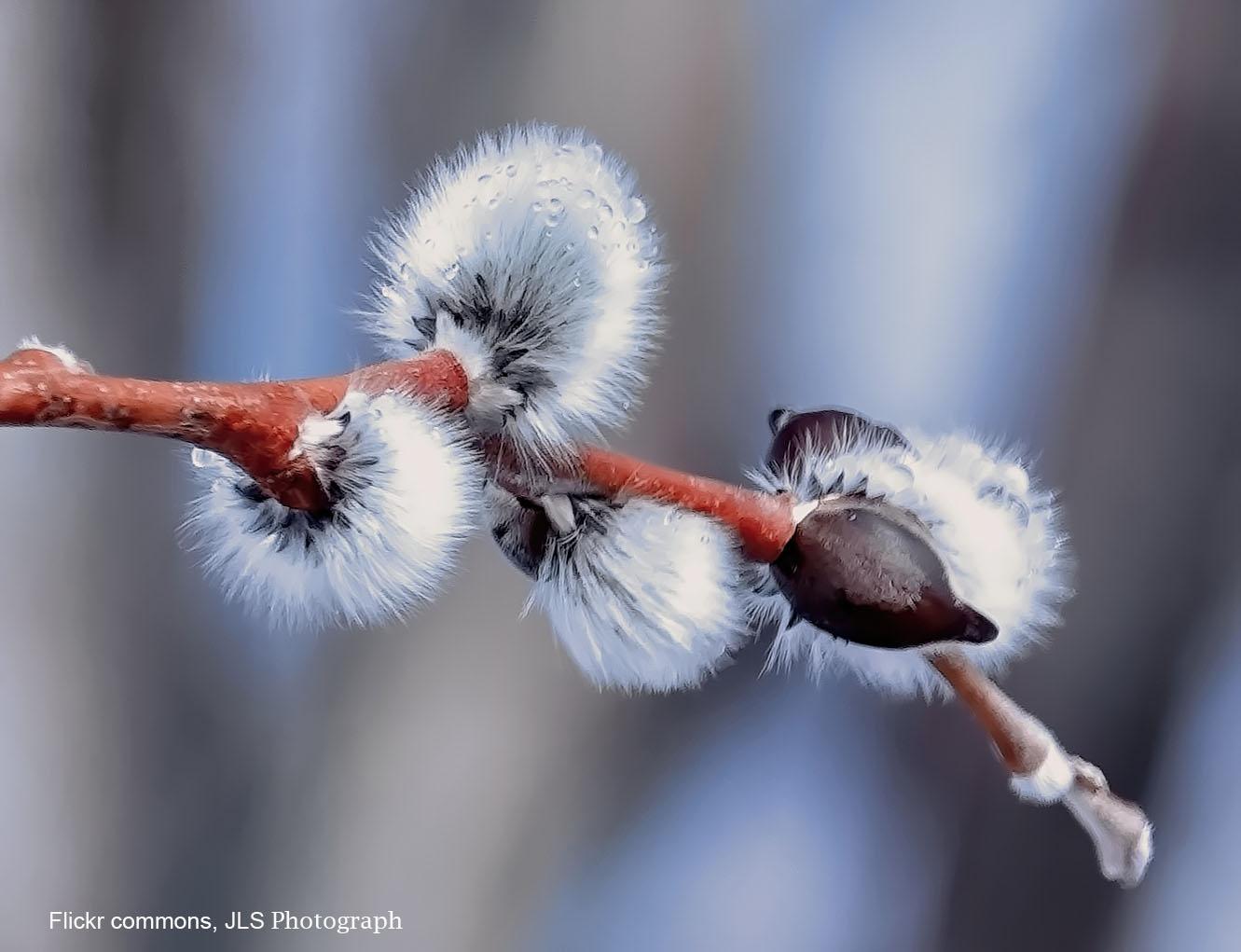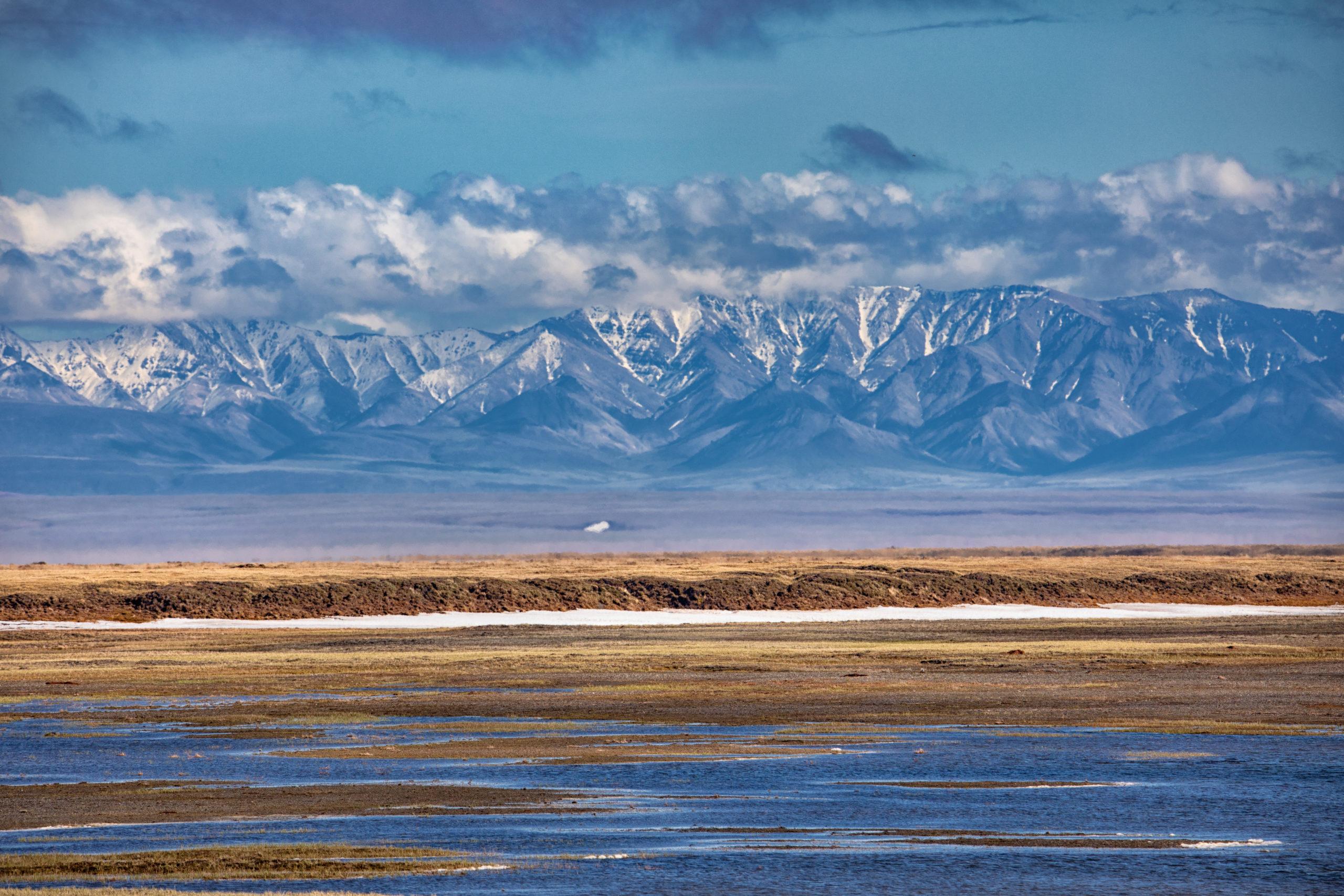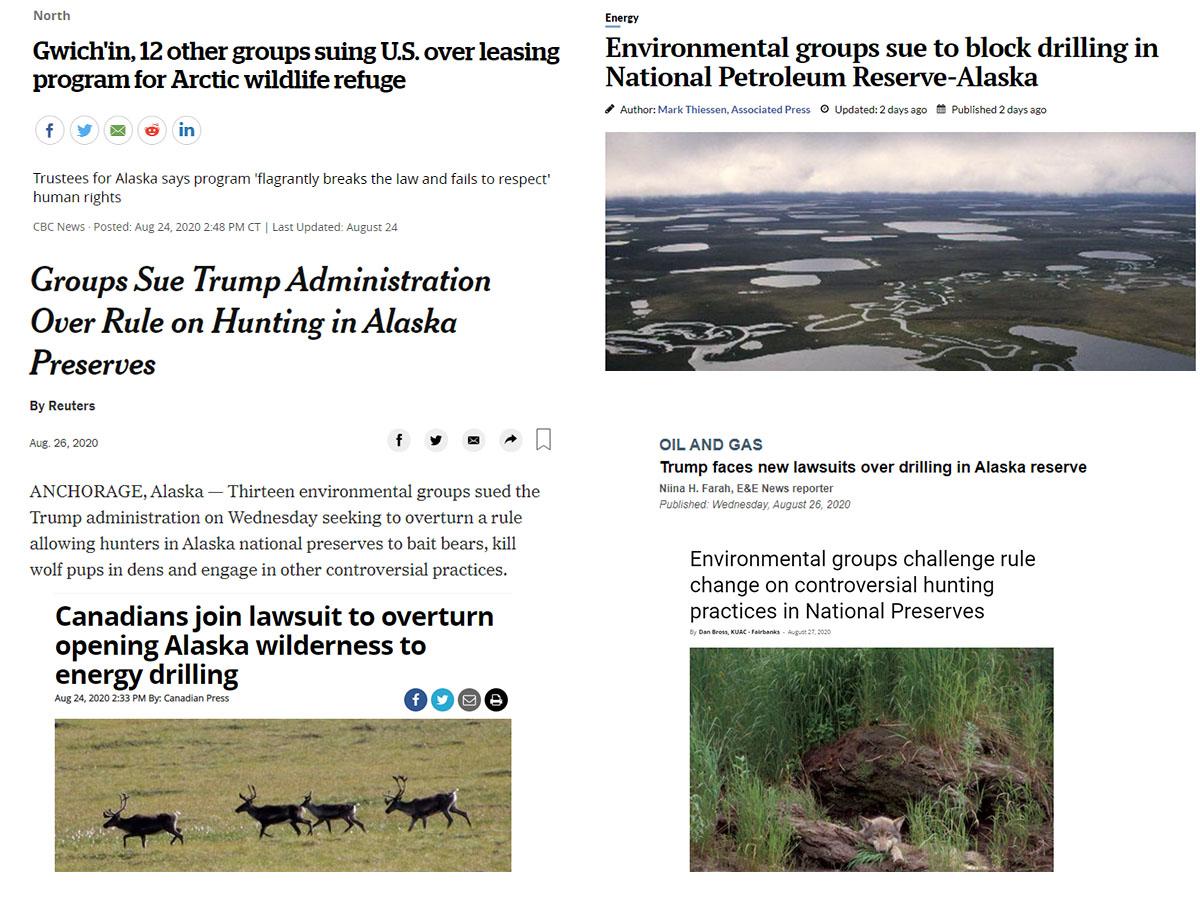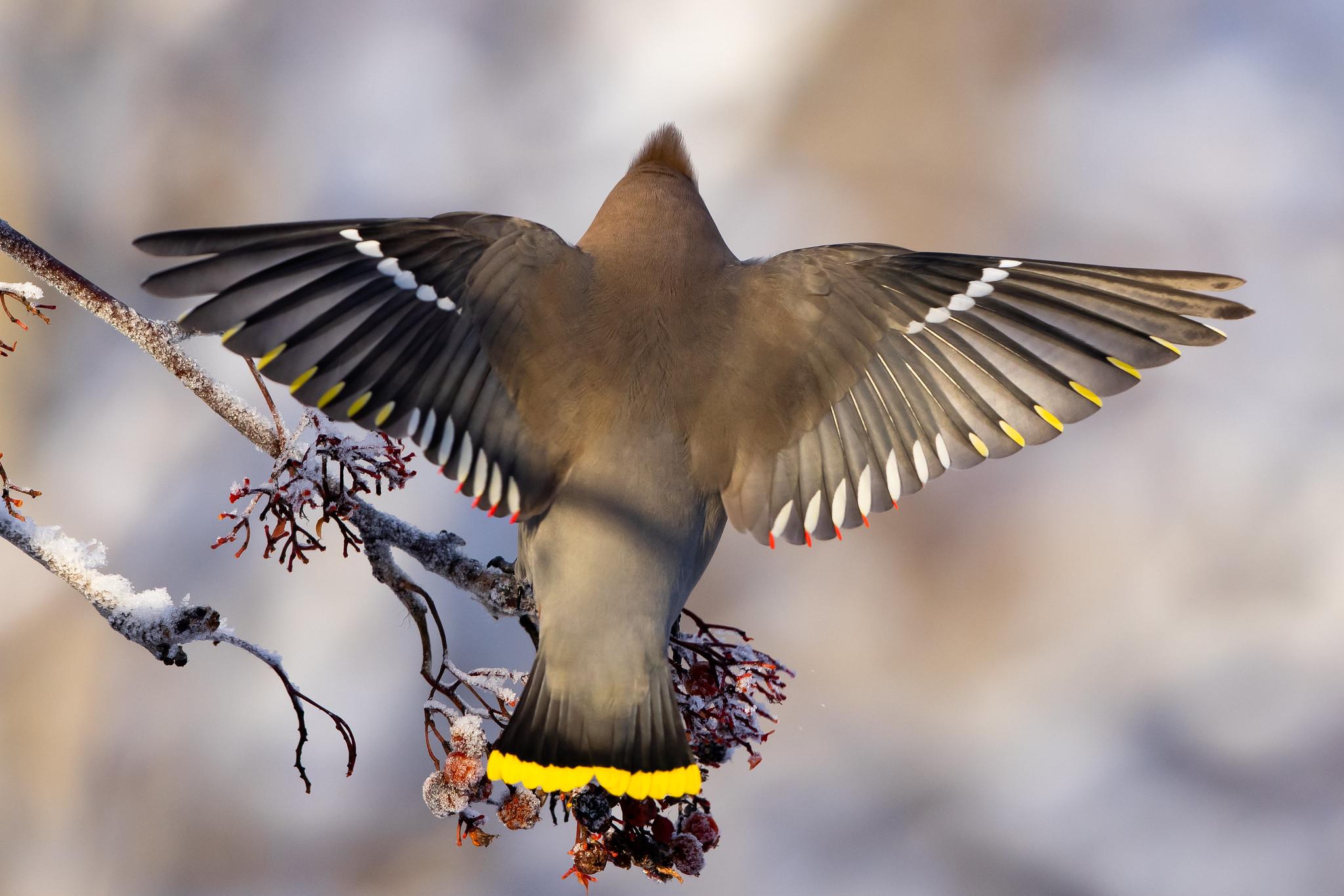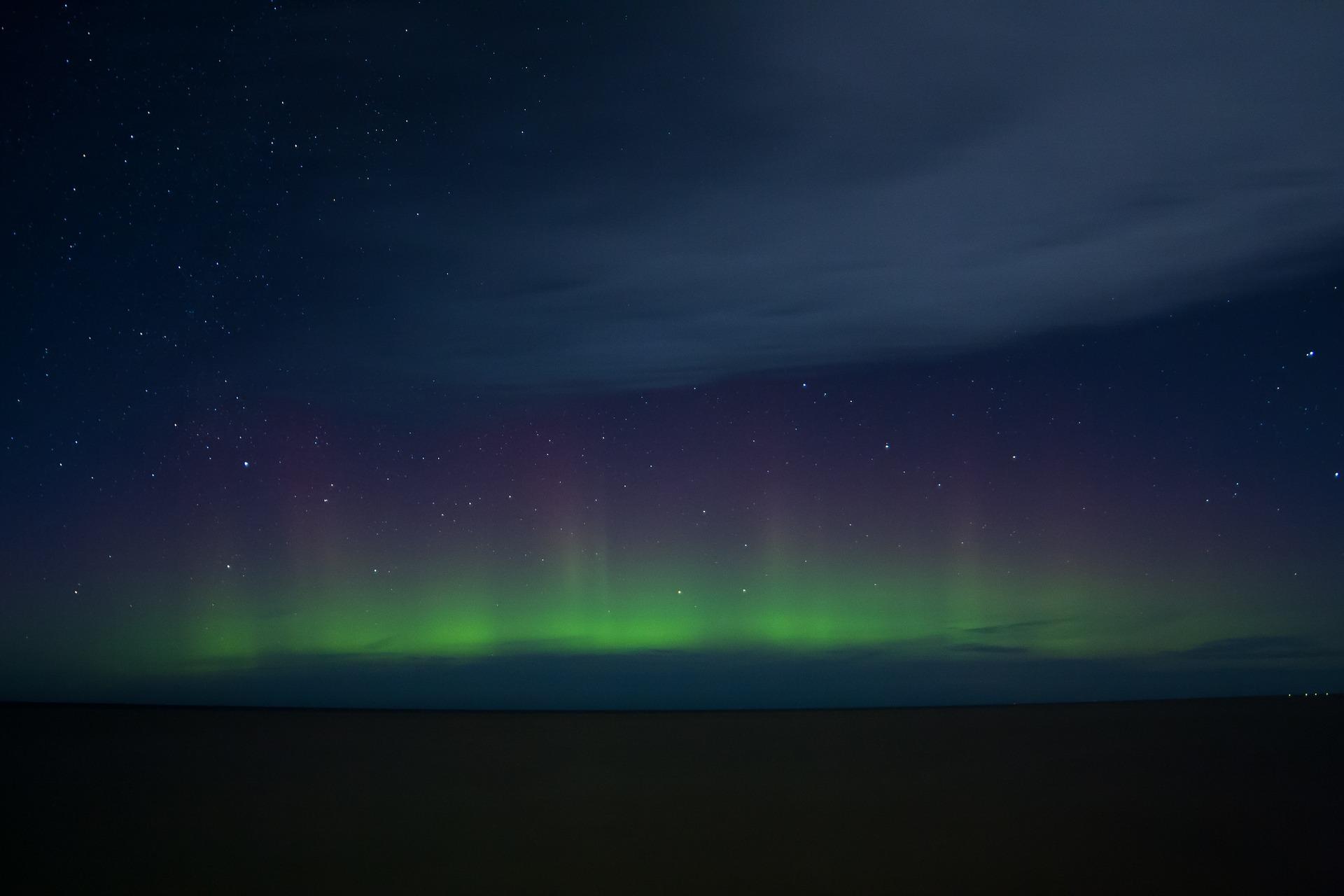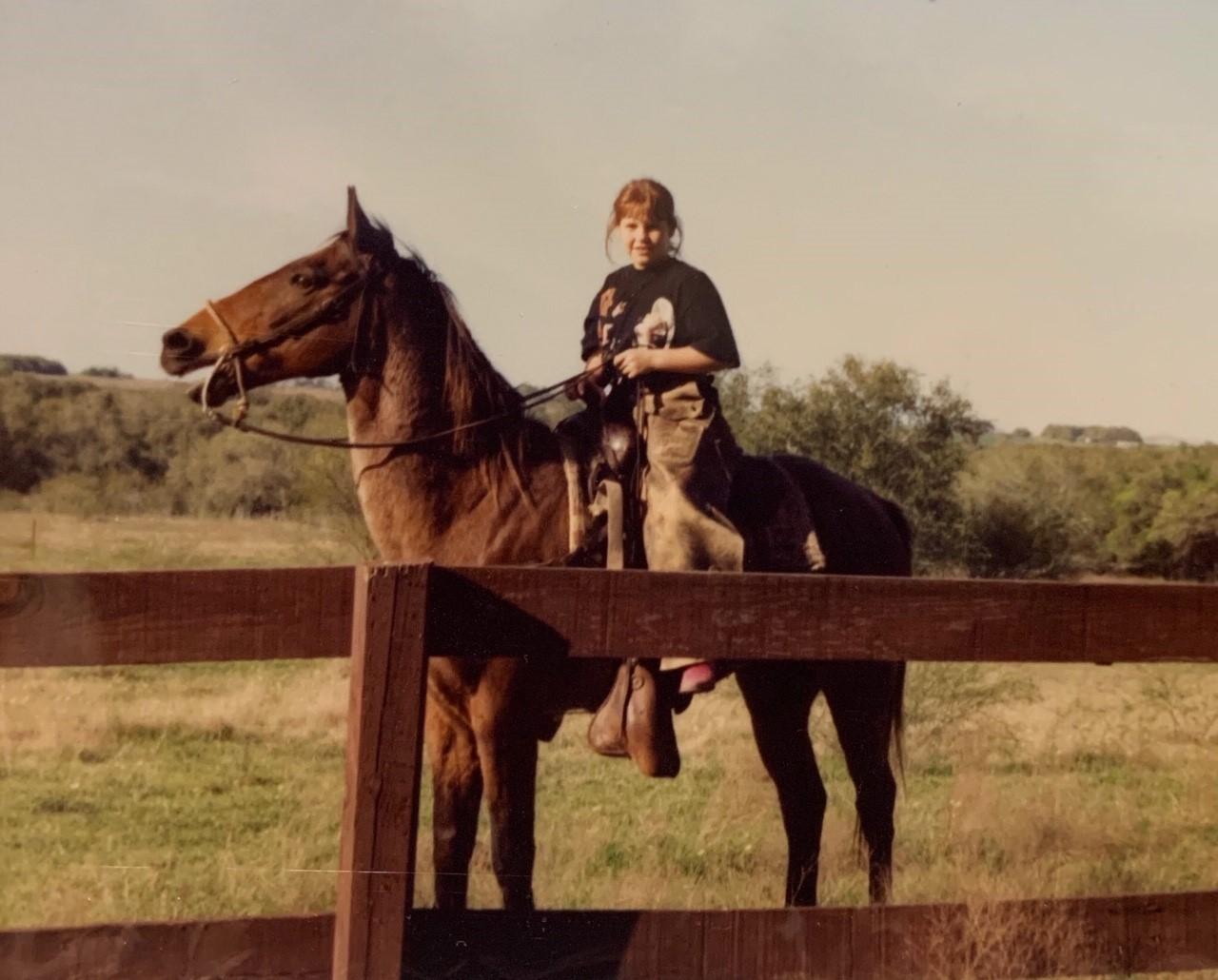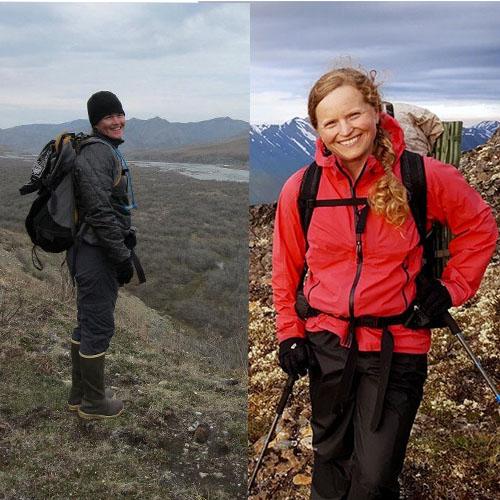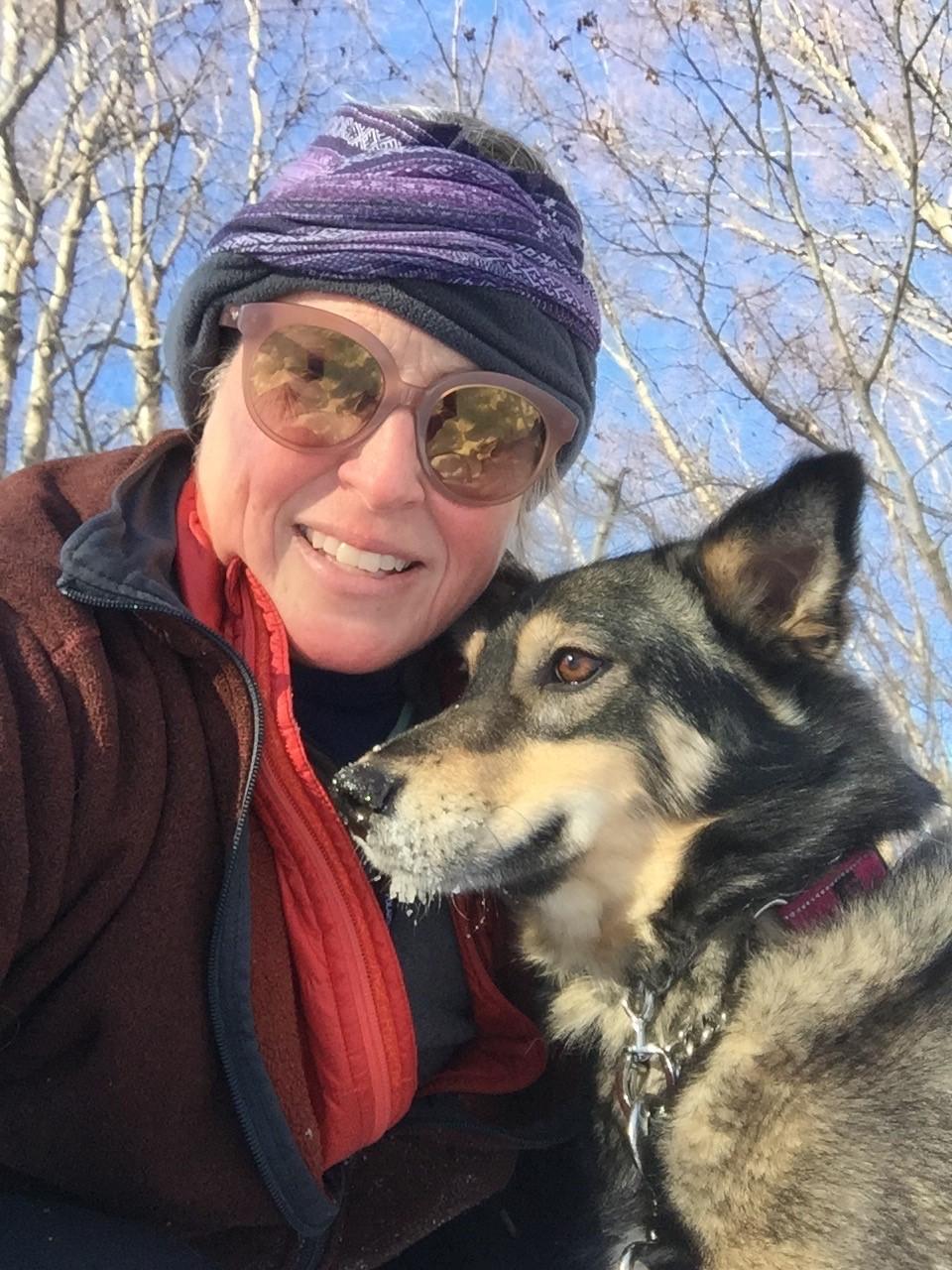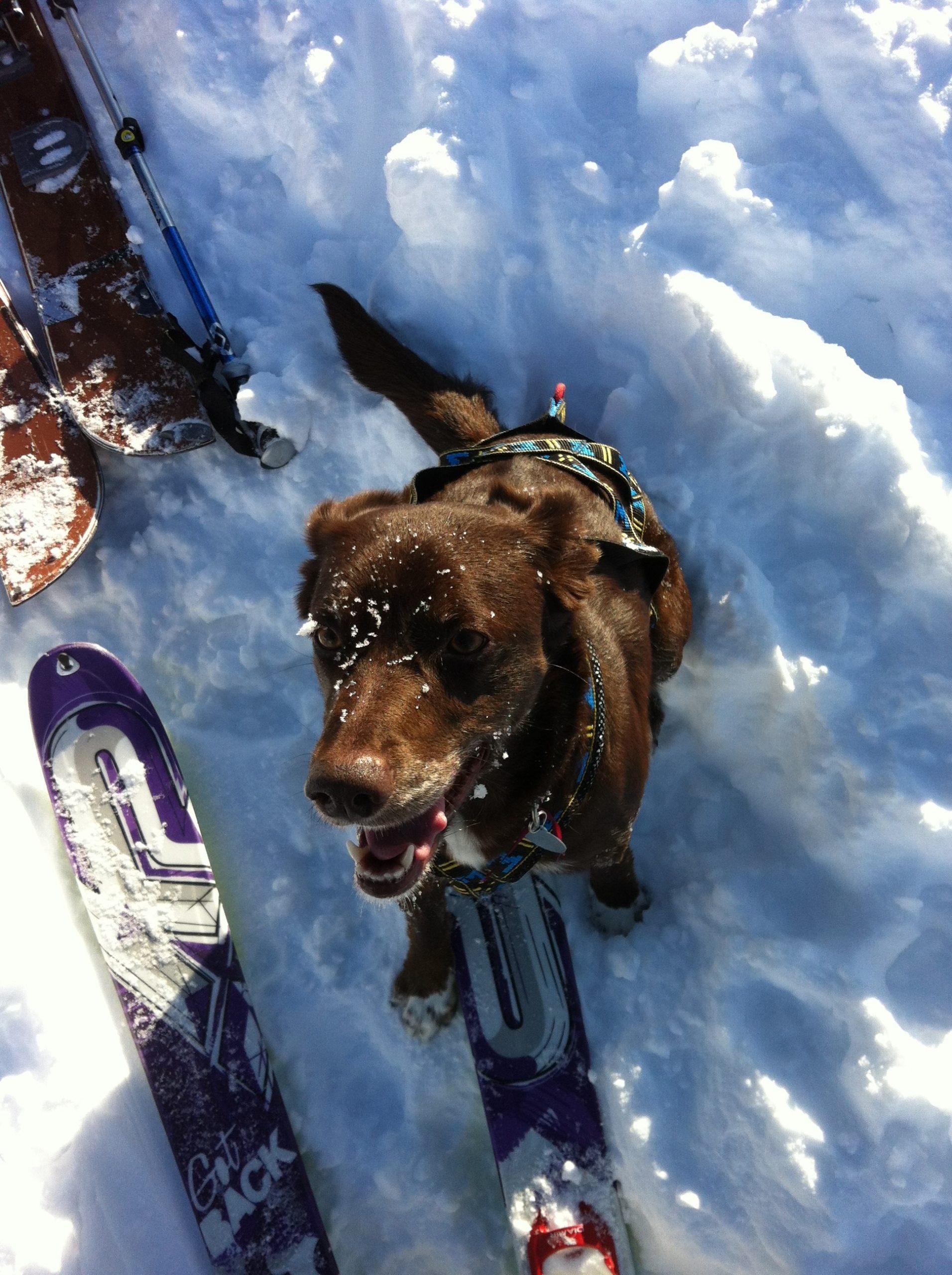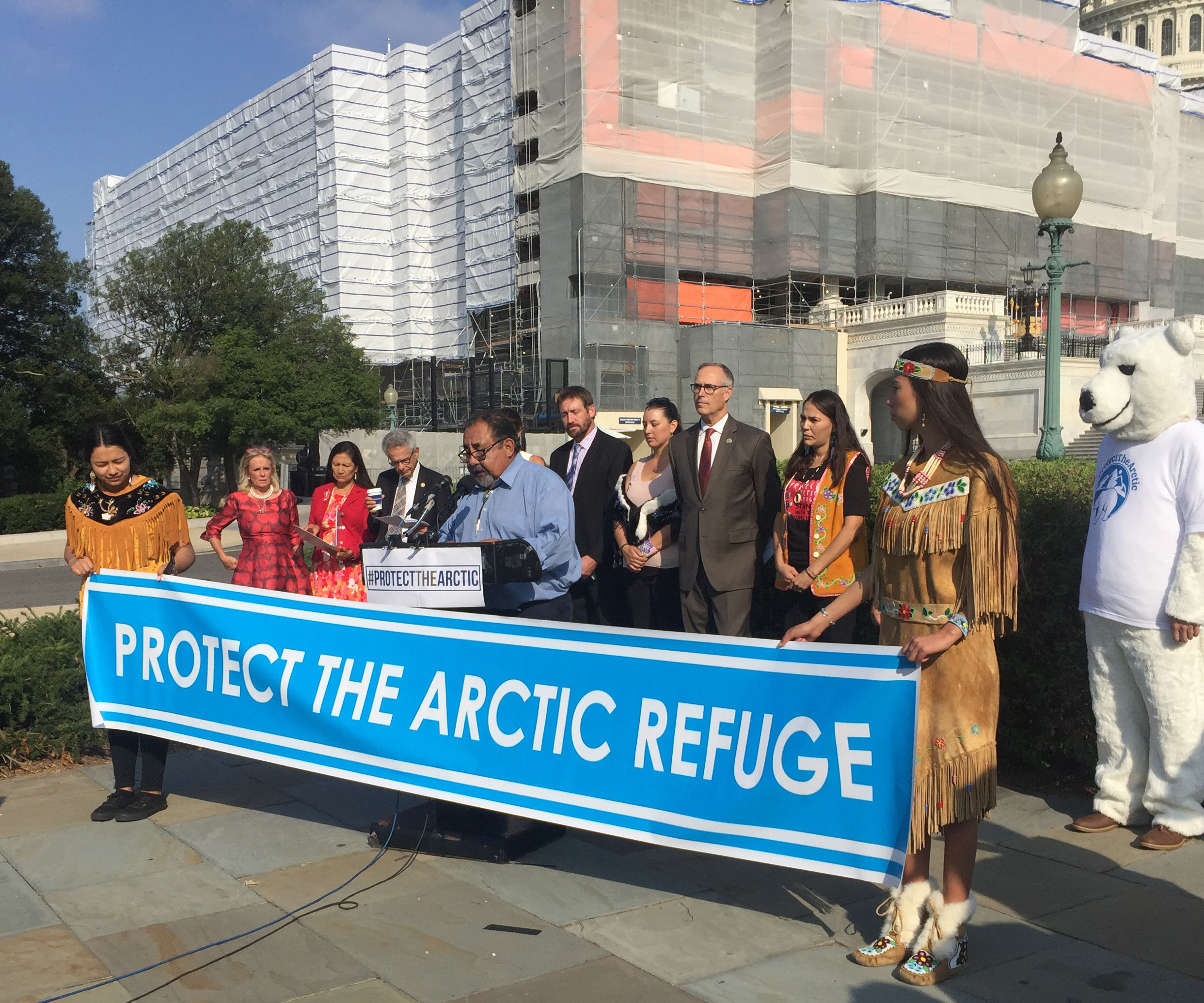You searched for arctic refuge
-1
search,search-results,paged,paged-3,search-paged-3,bridge-core-3.1.1,qode-page-transition-enabled,ajax_fade,page_not_loaded,,qode-title-hidden,qode-child-theme-ver-1.0.0,qode-theme-ver-30.0.1,qode-theme-bridge,wpb-js-composer js-comp-ver-7.4,vc_responsive
A bittersweet farewell: Alaska News Brief December 2022
December feels bittersweet this year. Sweet because I love snowy mountains and am excited to begin a new chapter of conservation work, community engagement, and exploration of new places here in Vermont. And, also, Alaska holds a special place in my heart, like it does with so many others. Leaving so much that I love about my work and life in Alaska is no easy feat. These transitions, however rewarding and full of hope, can be challenging. And yet it was a transition that brought me to Alaska to work for Trustees years ago.To make is to share, a winter solstice reflection
Every December as the shortest day of light approaches, we like to...Press Releases: 2020
16 Aug, 2022
in
2020 Press Releases June 2, 2020: Court shuts down Interior’s second illegal...
in
Press Releases: 2018
16 Aug, 2022
in
January 29, 2018: Lawsuit challenges Zinke, King Cove land exchange January 31,...
in
What’s going on in Juneau?
The Alaska legislature finishes its first session of the year in mid-May, and there’s a lot going on. Some of it sounds weedy, confusing, even like good news for climate. There’s more than meets the eye, though, so let’s take a look under the surface.The wisdom of doing something: Alaska News Brief December 2021
Sometimes I feel so caught up in tasks and to-do lists and...Ungrateful // grateful: Alaska News Brief November 2022
Okay, it’s true. Sometimes I want to stay in bed. It’s cold...For the birds
Birds give us song, beauty, food, a vision of flight. Some birds use tools. Some fly thousands and thousands of miles nonstop one way on annual migrations. Some swim as seamlessly as they fly. Some birds rely on specific foods like eelgrass while others eat almost anything. Some birds live all year in Alaska and others fly over oceans and continents to get here.Biden regulation imperils polar bears
Earlier this month the Biden administration released a regulation that allows oil and gas operators in Alaska to harass polar bears and walruses in the Beaufort Sea when exploring for oil and gas, extracting or transporting fossil fuels, and when building infrastructure. This regulation imperils already threatened polar bears on the Beaufort Sea.Alaska News Brief July 2021: On finding happiness (and social skills)
I visited my family in the Lower 48 last month, and wow,...An ode to Bob Childers
I first met Bob when I came to Alaska as the new executive director of Trustees in 1982. Bob was on contract to Trustees then, and he called me up and asked me to have lunch with him. We met at the Lucky Wishbone. All Bob knew about me was that I was a DC lawyer with an Ivy League education, so he must have decided that he had to act like a DC consultant – which is precisely what he did. I sat there thinking to myself, “why is this ex-hippy acting so straight?”Alaska News Brief May 2021: Shining light on what the world could be
19 May, 2021
in America's Arctic, Climate Change, Newsletters, People & Places, Wild Lands & Wildlife
In our work, we sometimes talk about going on the defensive. For us, that means doing everything we can to hold the line in court when those with power make decisions and take actions that put the health of Alaska’s lands and communities, water and air at risk. Defensive work requires focusing on stopping harmful things and sometimes forgetting to shine the light on what we can build together. So today, I want to shine that light again on who we are and what we stand for.
in America's Arctic, Climate Change, Newsletters, People & Places, Wild Lands & Wildlife
Alaska News Brief April 2021: Breaking up and breaking cycles
Alaskans call this time of year "break-up" because of how ice and snow fissure and break up, turning into slush and meltwater that goes wherever gravity takes it. We break up with winter every year, and every year it feels like a great weight falling off our shoulders.Making the 30 x 30 plan work
On day one of his presidency, President Biden signed an executive order committing to climate action. The order includes a 30 x 30 plan that sounds simple enough: Protect 30 percent of the nation’s lands and oceans by 2030 to confront the climate emergency and protect the health of people and animals. What does that look like on the ground and will it be enough?Our 2021 view of the lawsuits and issues
Things look far rosier now than a year ago when it comes to public lands management, clean air and water, protecting wildlife and tackling the climate crisis. The Biden administration came out of the gate with clear actions that make climate and environmental health a key component of every decision-making process across all departments. But prior federal actions and lawsuits mean the work has in many ways just begun.Alaska News Brief January 2021: When relief comes to light
Many of us feel a palpable sense of relief right now. We...December 2020 News Brief–A winter reverie with Loki
23 Dec, 2020
in America's Arctic, Bristol Bay, Clean Air and Water, News, Newsletters, Social justice, Wild Lands & Wildlife
Sharing the same space really matters. It helps us understand each other more fully, with compassion, and to better communicate the nuance when making a point, light heartedly ribbing a friend, sharing a favorite song by oversharing it, or dishing out another cinnamon roll--oh how I miss my mother's homemade holiday cinnamon rolls!
in America's Arctic, Bristol Bay, Clean Air and Water, News, Newsletters, Social justice, Wild Lands & Wildlife



